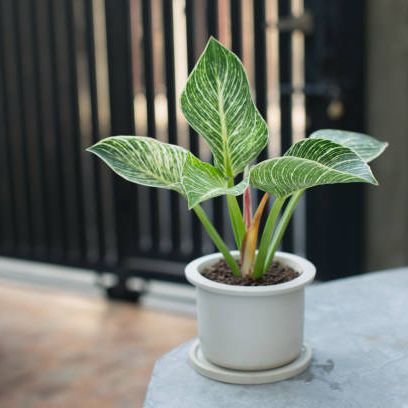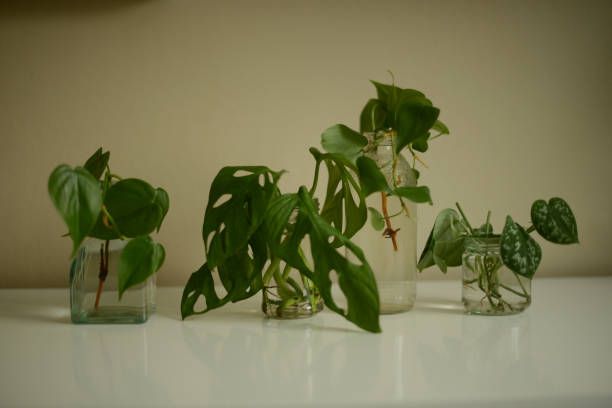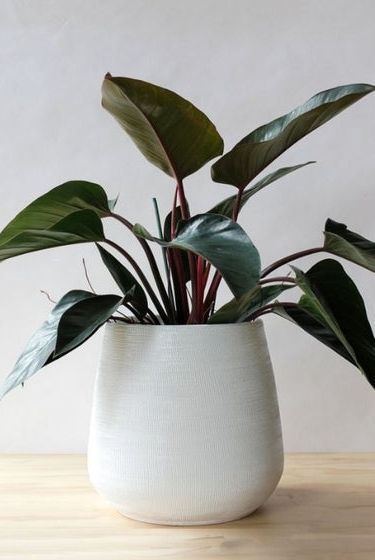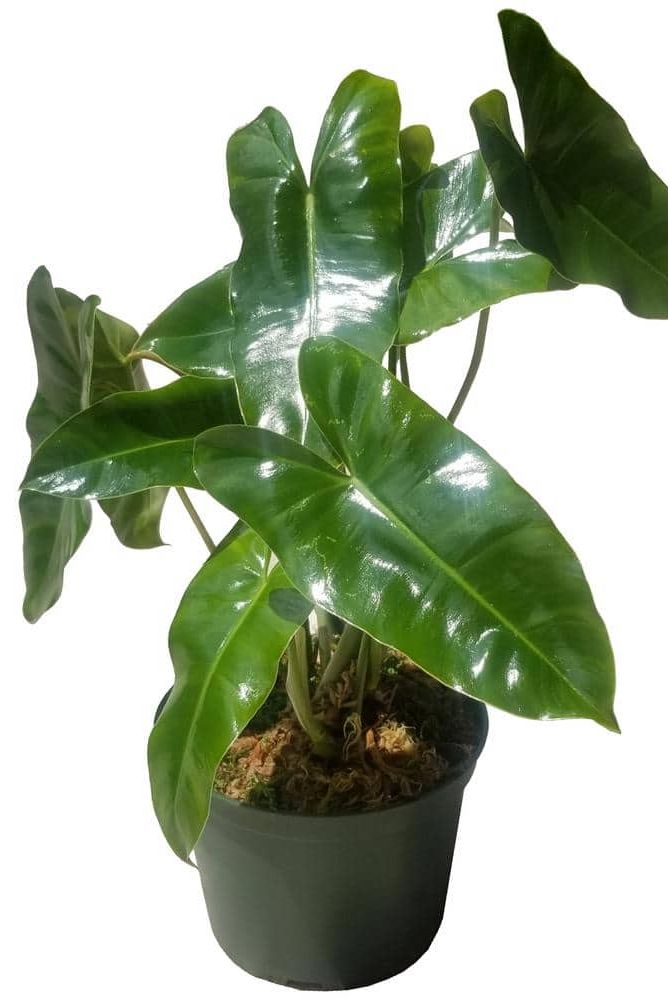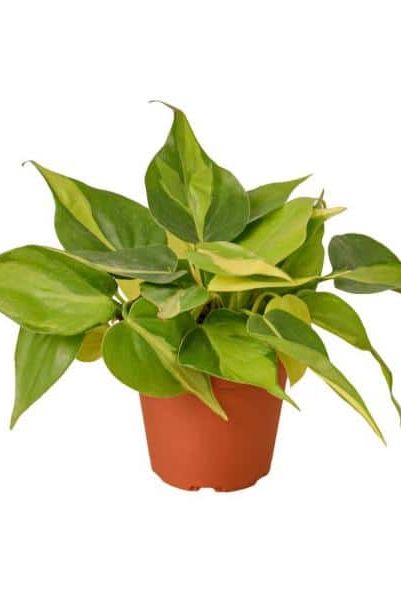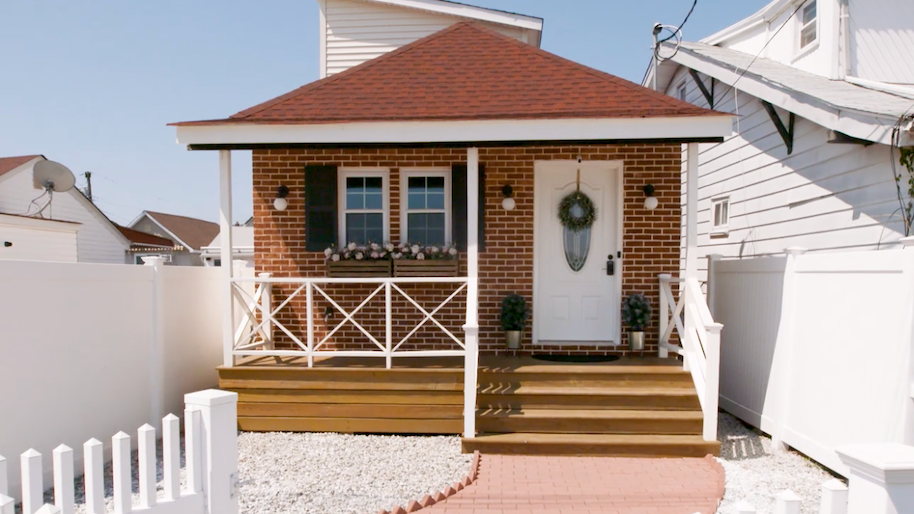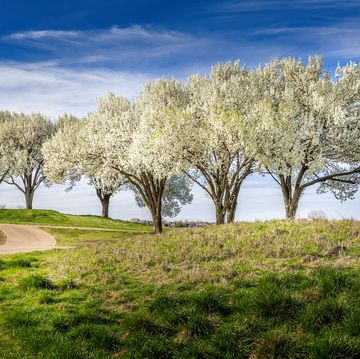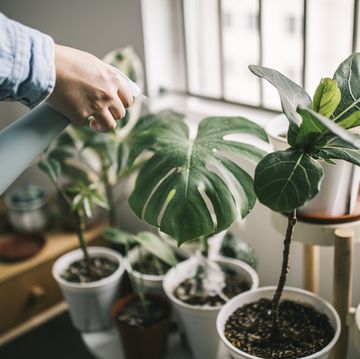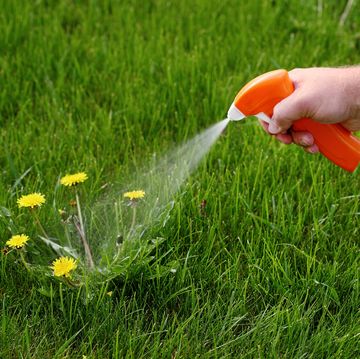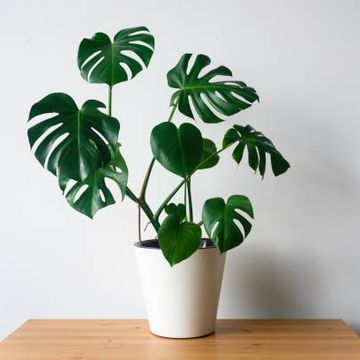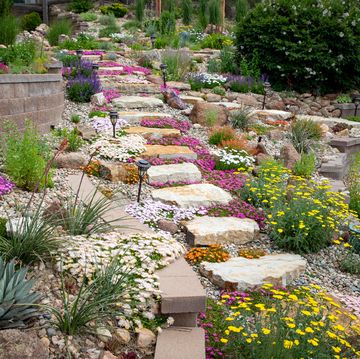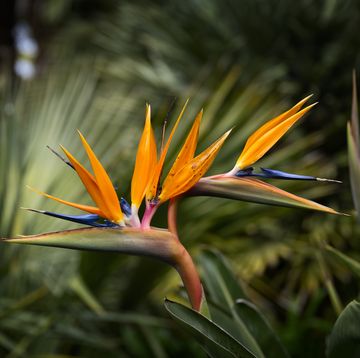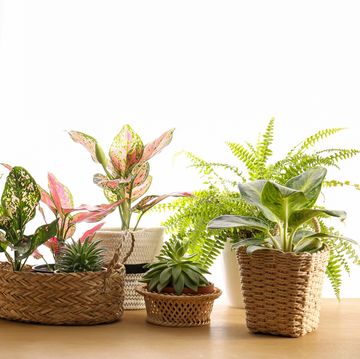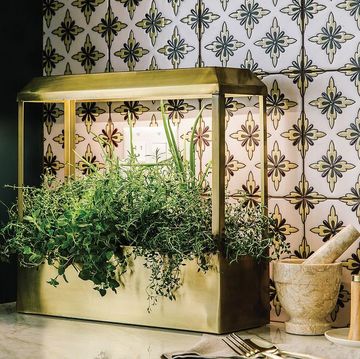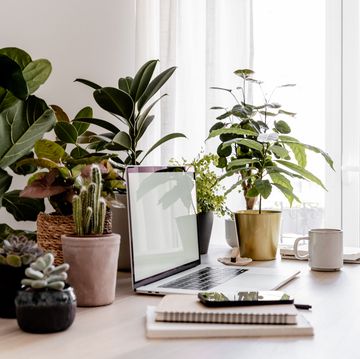Philodendrons are some of the easiest houseplants to grow, making them perfect for new and experienced plant parents alike. With more than 400 species, they come in every shape and size imaginable, from vining plants to plants with leaves three feet wide. Native to tropical rain forests, philodendrons are fast-growing, too, and seldom have pest problems. Most varieties are inexpensive and easy to propagate, so you can make more easygoing houseplants to keep or share. If you’re tired of struggling with the divas of the plant world (we’re looking at you, fiddle leaf fig!), philodendrons are a great choice for both new and experienced plant parents.
Here's what else you need to know about how to grow and care for philodendrons.
What kind of light do philodendrons need?
Your philodendron needs bright, indirect light or it can also be placed in a bright window shaded with a sheer curtain. Although some philodendrons do okay in very low light levels, they’ll grow faster and look better in bright light levels. Keep them in temperatures from 65 to 85 degrees.
How do I care for my philodendron?
Your philodendron absolutely does not like wet feet! Make sure the pot has drainage holes, and stick your finger into the soil to test the moisture level. Let the top few inches of soil dry out before watering again. Then dump out any excess water in the saucer beneath the pot.
It’s fine to feed your plant, too, during its active growing season from spring to fall with any general houseplant fertilizer. You can dust plants off occasionally, too, or give them a spray off in the sink or shower with room temperature water.
What kind of philodendron should I grow?
It’s hard to pick just one! But a great starter plant is heartleaf philodendron, which has vining heart-shaped leaves and is super-forgiving and easy to grow. ‘Birkin’ is a non-climber with pretty dark green leaves variegated with creamy white pinstripes. ‘Red Congo’ has gorgeous, shiny mound-shaped foliage that emerges a deep red color before becoming deep green. ‘Prince of Orange’ has pretty leaves that emerge with an orange hue.
You can make new philodendron plants.
Most types can be propagated easily by trimming off a 2 to 3-inch long section of the stem; just make sure it has some of those brown nubs, called leaf nodes, on it. Then keep it in a glass of water with the nodes submerged until it sprouts roots, and transplant into a pot with regular potting soil. A few types, such as Red Congo and Birkin, cannot be rooted this way.
Philodendrons are toxic to pets.
Unfortunately, all philodendrons are toxic to pets, according to the ASPCA. They contain calcium oxalates, which can cause oral pain, swelling of the mouth, lips or tongue, drooling, and vomiting if ingested. If your cat or dog is a nibbler, avoid this plant or keep it out of your pet’s reach. And if you suspect your fur baby has ingested any amount of this plant, call your vet immediately.
Follow House Beautiful on Instagram.
